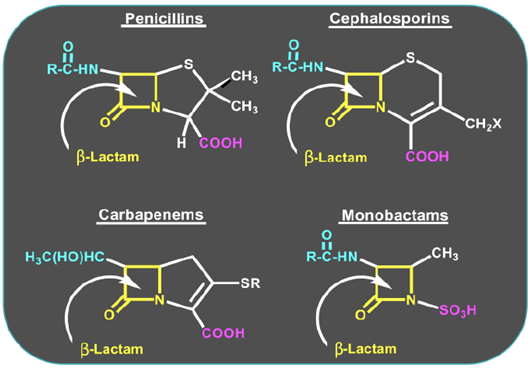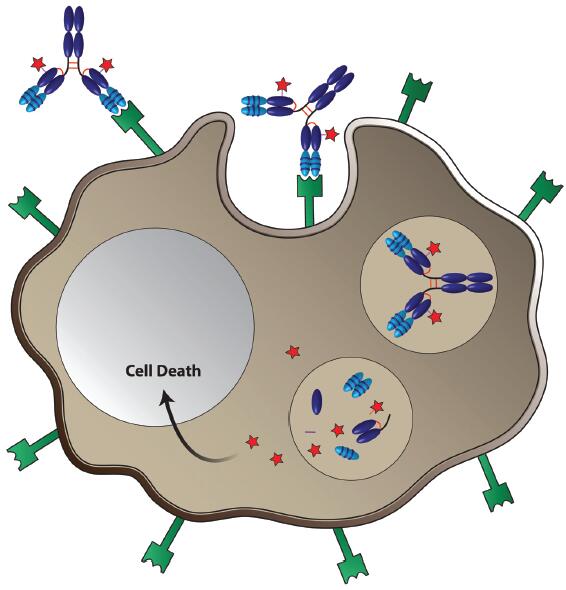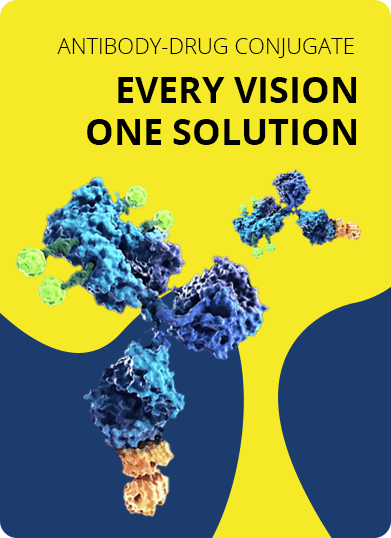- Home
- UTC Development
- Antibody-Antibiotic Conjugate (AAC) Development
- Antibiotic Synthesis
- Monobactam Synthesis
Monobactam Synthesis Service
Creative Biolabs offers advanced Monobactams-linker synthesis service with the most suitable linkers to boost your antibody-antibiotic conjugates (AACs) development project. With a rich knowledge ofchemosynthesis, linker-design and bio-conjugation, Creative Biolabs can design a most appropriate linker for the Monobactam you are interested in, and synthesize the compound in the most time and cost efficient way.
Monobactams
Monobactams is a subgroup of β-lactam antibiotics wherein the β-lactam ring is alone and not fused to another ring, in contrast to most other β-lactams. Monobactams are effective only against aerobic Gram-negative bacteria (e.g., Neisseria, Pseudomonas). At present, aztreonam is the unique commercially available monobactam antibiotic. Other types of monobactams include tigemonam, nocardicin A, and tabtoxin.
 Fig.1 Chemical structures of β-lactam antibiotics.1,3
Fig.1 Chemical structures of β-lactam antibiotics.1,3
Mode of Action of Monobactams
Monobactams is one of the β-lactam antibiotics which possess the sterilization ability like any other β-lactam antibiotics. Bacteria are generally in the low permeability osmotic pressure environment, thus will spontaneously absorb moisture from the outside. To prevent the crack expansion because the cell is bibulous too much, a kind of material called peptidoglycan in bacterial cell wall synthesis is essential to resist bacterial spontaneously swell. Monobactams can inhibit the transformation of peptidoglycan-synthesis process of bacteria, resulting in bacteria loses the ability of resistance to osmotic pressure and burst. Peptidoglycan is essential, especially for gram-positive bacteria cell wall structural integrity. The synthesis of peptidoglycan in the final step is by catalyzed by penicillin-binding protein (also called transpeptidase).
Monobactams-based AACs
Monobactams antibiotics are payloads in AACs under development and evaluation. The specific monoclonal antibody harbors the capability of delivery the monobactams exclusively to the infection site to reduce normal tissues damage. In detail, upon antibody seizes the antigen of bacteria, AAC can be internalized via receptor-mediated endocytosis and the antibiotics payload is released to accomplish its cytotoxic effects. Monobactams and β-GlcNAc-WTA mAb can be combined together to generate a potential AAC. It is known that β-GlcNAc-WTA mAb is a humanized monoclonal antibody, distinctively targeting β-GlcNAc residues which is a special antigen on the ribitol phosphate units of wall teichoic acid of bacteria.
 Fig.2 Delivery of cytotoxic antibiotics to infection sites by AACs.2,3
Fig.2 Delivery of cytotoxic antibiotics to infection sites by AACs.2,3
Creative Biolabs has well-established chemosynthesis platform and experienced scientists to help you develop monobactams-linker complexes using a full range of customized linkers, and we also provide antibody conjugation service for your AAC development and we believe that our customized services will promote the success of your projects. Please feel free to contact us for more information and a detailed quote.
References:
- Zembles, Tracy N., et al. "Extended infusion of beta-lactams is associated with improved outcomes in pediatric patients." The Journal of Pediatric Pharmacology and Therapeutics 26.2 (2021): 187-193.
- Panowski, Siler, et al. "Site-specific antibody drug conjugates for cancer therapy." MAbs. Vol. 6. No. 1. Taylor & Francis, 2014.
- Distributed under Open Access License CC BY 4.0, without modification.
For Research Use Only. NOT FOR CLINICAL USE.

Online Inquiry
Welcome! For price inquiries, please feel free to contact us through the form on the left side. We will get back to you as soon as possible.
